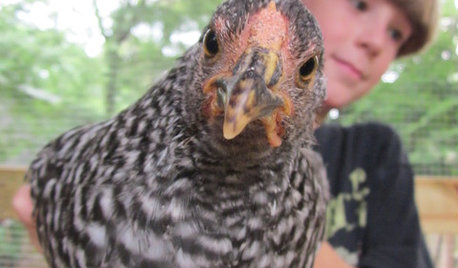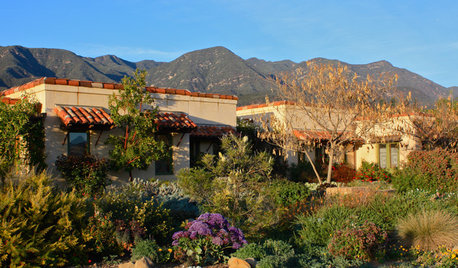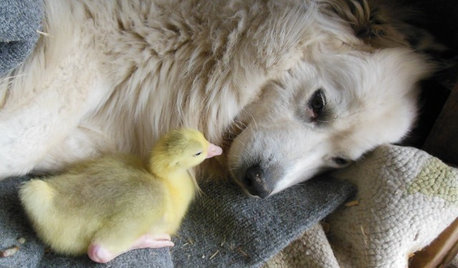I've just come back from a visit to the Salinas valley in California. While there, I had the opportunity to visit with a number of organic farmers, and see some of the farms. Some of these opperations were fairly small, some were a number of sections. It was interesting to see some of their practices, and issues they face. Some are out of the normal conversations of organic farming. One of the first things I noted was how close many of the fields came to the busy roads and highways. There was often only four or five feet to the road. Consequently, there was quite a bit of road spray that hit the plants (often greens). There really is not much that the farmers can do to avoid this problem. They also do not have the facilities to wash this produce off as it is harvested. Consequently, I feel renewed enthusiasm for washing all produce very thoroughly. You just take your chances with what might have gotten on those plants from near the road that was absorbed by the plant, and does not wash off. In addition, some of the fields had a fair bit of trash from the road traffic as well. Other fields were carefully cleaned by the farm workers. One farmer said he had just given up with all the trash: it too more than one person, working full time, to keep the field clean; now they just wait until after the harvest, and till everything in. Many of the farms are quite close to residential neighborhoods which have free roaming pets. With only one exception that I saw, these pets can freely roam into the farm fields where they make deposits. One farmer made some effort to keep the local pets out, but said that it was quite a challenge, and difficult, because the mice in the fields really attracted neighborhood cats. Another good reason to make sure produce is washed! On the production side, it was interesting to see how the farmers were getting the nitrogen they needed for their greens. Almost nobody used cover crops. They plowed up the crop residues, and made composts from materials supplied from outside. One farmer, who I have spoken to before, confirmed that he continues to use pelleted urea (46-0-0) as a significant addition to his compost. Since he is certified organic, he cannot use the pellets in the fields, but he needs a reasonable source of nitrogen for his nitrogen hungry crops. He mixes a heavily brown composting stream with urea, and lets it age. The resulting material can then be applied to his fields without disturbing the certified status. This particular farmer has some of the nicest produce in the area, and quite a large operation. The pelleted urea is the only nutrient addition to his operation that is not a rock power or dust. When I talked to him about 5 years ago, he noted that for his area, this rather round about method of fertilizing was the only one he could implement and keep up his quality. Materials like alfalfa are too costly to buy and to apply to make them feasible on a large scale. Most of the farmers don't want to get into details about how they get the nitrogen to their crops, but I suspect that urea is being used in quite a few areas. Organic matter is added to the soil by growing crops with a good bit of crop residue such as cauliflower. I watched a cauliflower field being harvested. All the rejects, as well as the plant bodies were left on the field, and plowed in within a few days of the harvest. Other organic matter is introduced with separately produced compost. in contrast to other areas where I often see strips of plantings for beneficials to lurk, the Salinas fields were almost all monocroped. Pest control relied on organic approved pesticides rather than resident beneficial populations. Land is so valuable in the area, and so productive, that farmers want to get the very most from it. (This is also a strong explanation of the proximity of the plantings to the roads: they don't want to waste land that could produce.) The farmers I met were very hard working, and proud of the products they produce for much of the country. The fields were inspiring to see with the beautiful crops.
Renais

















justaguy2
Kimmsr
Related Professionals
Surprise Landscape Architects & Landscape Designers · Hershey Landscape Architects & Landscape Designers · Forest City Landscape Architects & Landscape Designers · Aurora Landscape Contractors · Barrington Landscape Contractors · Hollywood Landscape Contractors · Lake Worth Landscape Contractors · North Lauderdale Landscape Contractors · Wentzville Landscape Contractors · Weslaco Landscape Contractors · Palos Hills Landscape Contractors · Irvington Landscape Contractors · Tyngsboro Landscape Contractors · Golden Valley Landscape Contractors · Grand Rapids Decks, Patios & Outdoor EnclosuresFlowerhen
marshallz10
wayne_5 zone 6a Central Indiana
robin_maine
marshallz10
robin_maine
marshallz10